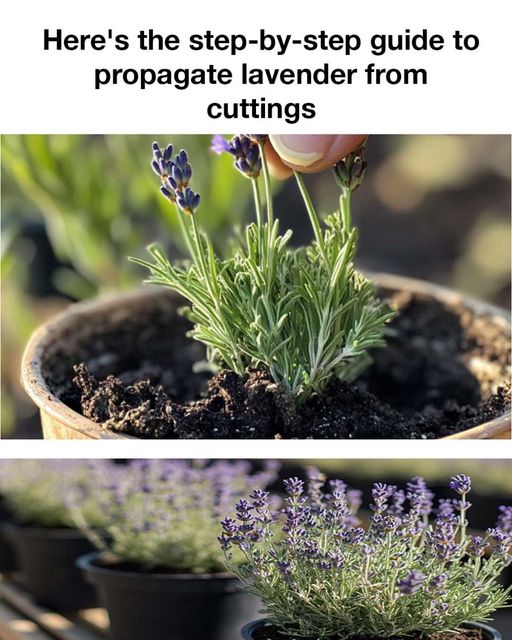ADVERTISEMENT
Lavender is a beloved herb, prized for its beautiful blooms and aromatic qualities. Propagating lavender from cuttings is a cost-effective and rewarding way to expand your garden. This method ensures that the new plants will be true to the parent in terms of flower color and growth habit. This guide will walk you through the entire process of propagating lavender from cuttings, ensuring you achieve successful results.
Understanding the Best Time for Taking Cuttings
Timing is critical when it comes to taking lavender cuttings. The best time for this activity is during the late spring to early summer when the plant is in its active growing phase. At this time, the stems are soft and can root more easily. However, semi-hardwood cuttings in late summer or early fall can also be used, though they may take a bit longer to root.
Advertisement
Selecting Healthy Lavender Plants
Choosing the right parent plant is the first step in successful lavender propagation. Select a healthy, mature lavender plant that is free of disease or pests. Look for strong, vigorous growth as this will increase the likelihood of successful rooting. Ideally, the plant should be one that has produced abundant flowers and foliage, indicating its overall good health and vitality.
Preparing Your Tools and Materials
Ensure you have all necessary tools and materials before you start. These include a pair of sharp, clean pruners or scissors, a clean cutting board, rooting hormone (optional but recommended), small pots or trays filled with a well-draining potting mix, a plastic bag or propagator, and labels for identifying cuttings. Sterilize your tools with rubbing alcohol to prevent the spread of disease.
Step-by-Step Guide to Taking Cuttings
1. Select a non-flowering sprig of lavender about 4-6 inches long.
2. Using sharp pruners, cut the sprig just below a node (the point where leaves are attached).
3. Repeat until you have the number of cuttings you desire.
Preparing the Cuttings for Propagation
Remove the lower leaves of each cutting, leaving only a few pairs of leaves at the top. This helps the cutting to focus its energy on developing new roots rather than maintaining foliage. You may also want to trim the cutting to just below a leaf node, where roots are most likely to form.
Using Rooting Hormone for Better Results
Dipping the base of your cuttings in rooting hormone can significantly increase your success rate by encouraging robust root development. Although it's not absolutely necessary, it does help accelerate the rooting process. Simply dip the lower end of the cutting into the hormone powder or gel, then shake off any excess.
Planting the Lavender Cuttings
Fill small pots or trays with a well-draining potting mix, such as a mix of compost and perlite or sand. Make a small hole in the soil with a pencil or dibber and insert the cutting, ensuring that the bare nodes are buried and the leaves are above the soil. Gently firm the soil around the cutting to hold it in place.
continued on next page
ADVERTISEMENT
